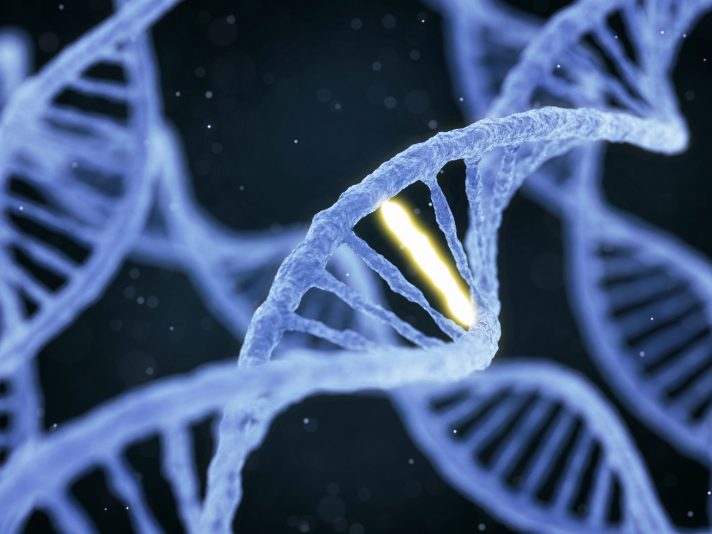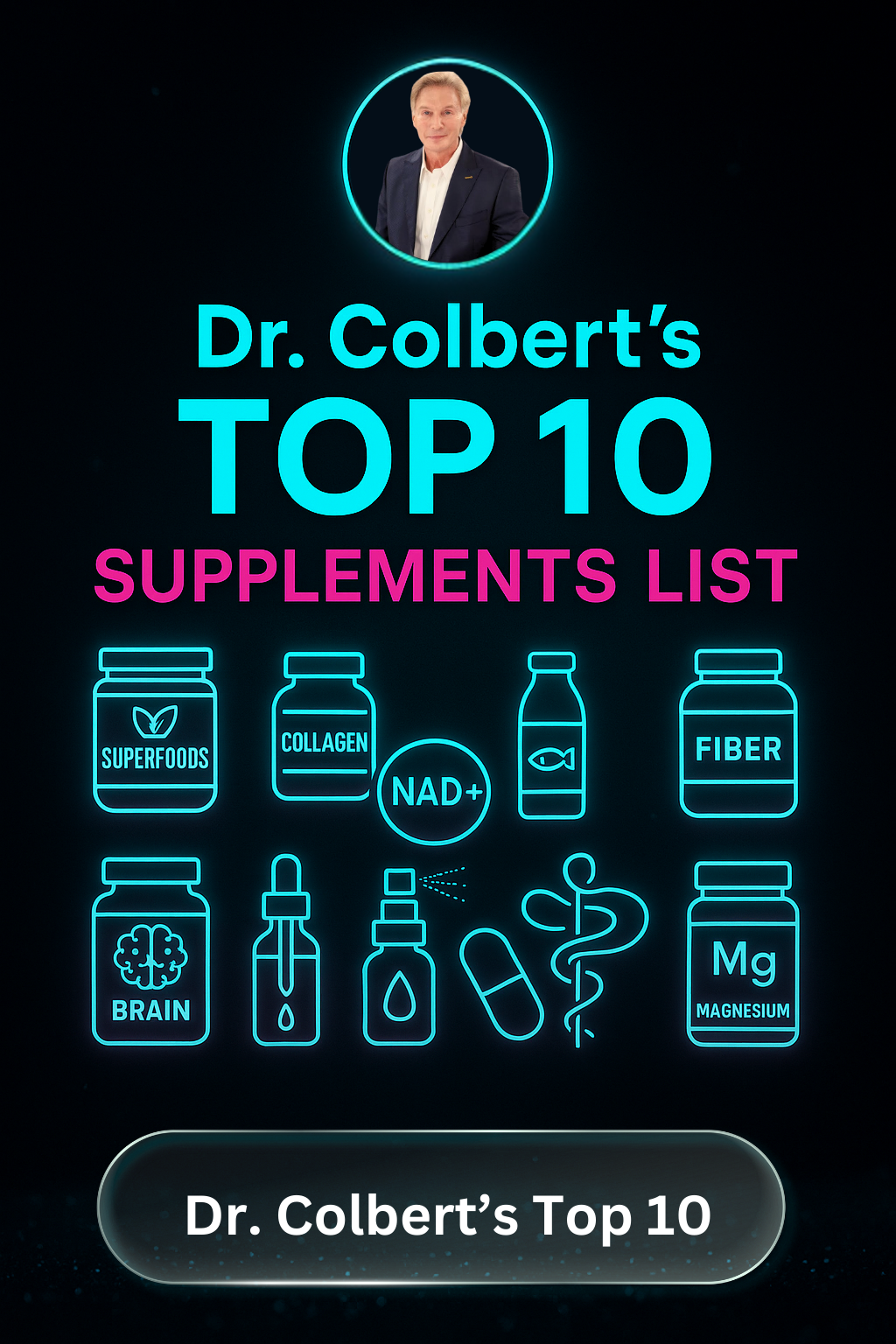Are you one of the 30% of Americans who can’t convert a common B-Vitamin due to a genetic mutation? You may have this gene mutation without even realizing it. It’s called the MTHFR gene mutation. If you’re not familiar, it is crucial to understand how this common mutation affects the metabolism of vitamin B9 in countless Americans. If you are one of the many who has one or two mutations in this gene, you may have accumulated folic acid in your body, leading to low vitamin B9, and you may be suffering from it.
MTHFR stands for methylenetetrahydrofolate reduction. When this gene is mutated, unmetabolized vitamin B9 including folate and folic acid can accumulate in the body. The most concerning problem with its accumulation is the potential for high levels of homocysteine. Elevated homocysteine is associated with cardiovascular issues, birth abnormalities, depressed moods, eye conditions, and more.
Here’s how to find if you have this mutation, and what you can do to safeguard yourself from unmetabolized folate and folic acid accumulation.
The MTHFR Gene Mutation
The MTHFR gene is responsible for converting two types of vitamin B9, folate, and folic acid, into their active forms in the body. There are 2 variations of MTHFR gene mutation.
The first variation, or a heterozygous variation, is when one piece of this gene is mutated. You can inherit one mutation from either your mom or your dad.
The second variation, or a homozygous variation, is having 2 mutations. This means you inherited a mutation from both parents.
While having one variation can be only a small problem, having a 2-variation mutation can lead to more serious health issues including the potential for elevated homocysteine.
Importance of a Healthy MTHFR Gene
The conversion of folate and folic acid into their active states is a vital function in the human body. Inadequate levels of active vitamin B9 are associated with many health issues, including depressed moods, cardiovascular concerns, and birth abnormalities.
Both this is a double-sided sword.
While inadequate levels are associated with health challenges, the accumulation of inactive vitamin B9 is also damaging. This is why the conversion process is so important if you consume folate or folic acid.
Vitamin B9, Folate, and Folic Acid
Vitamin B9, folate, and folic acid are often used interchangeably, which can be confusing.
Vitamin B9 is typically consumed as folate or folic acid, which are forms of the vitamin.
Folate is the naturally-occurring form of B9, and it’s found in many foods including vegetables, fruits, seafood, eggs, dairy, and more (1).
Folic Acid, on the other hand, is the synthetic form of Vitamin B9. It is used in supplements, breads, cereals, and other common foods. In fact, the fortification of folic acid in common foods is mandated in the United States (2). As experts became aware of its ability to reduce birth abnormalities, they pushed to include it in foods such as breads, cereals, flour, and more.
Sounds great, right?
Yes and no. There’s an issue with all this folic acid in our foods and supplements. Both folate and folic acid must be converted into the active form of B9 in order to be used by the body. This conversion can be inefficient and takes many extra steps.
In those without the MTHFR mutation, most folate, and some folic acid is readily converted. However, it can still accumulate in the non-active form, especially if it’s consumed daily (3, 4).
In those with the gene mutation, much less is converted. And this is a real problem.
Accumulated unmetabolized folate and folic acid are associated with health concerns. In some cases, the very issues folic acid supplementation is meant to correct, it promotes.
The Vitamin B9 Conversion
When folate and folic acid are consumed, the body tries to convert them into 5-methyltetrahydrofolate (5-MTHF) in the digestive system before they enter the bloodstream (5, 6).
This conversion requires many steps. They include:
- Folate or Folic Acid is consumed. They must be converted in the digestive system or liver.
- Folate or folic acid is changed to dihydrofolate.
- Dihydrofolate is converted to tetrahydrofolate.
- Tetrahydrofolate is converted to 5, 10-methylenetetra-hydrofolate
- 5, 10-methylenetetra-hydrofolate is finally converted to the active form, 5-methyltetrahydrofolate.
How can you tell if you’re at risk of unmetabolized vitamin B9? Is your body converting efficiently?
Symptoms of MTHFR Mutation
While there are no surefire symptoms of this mutation, some conditions have been linked to it. These symptoms are the same as low levels of 5-methyltetrahydrofolate, since folate and folic acid are not efficiently converted. They include:
- depressed or anxious moods
- mental health issues
- cardiovascular and thromboembolic issues
- whole-body discomfort or pain
- overactive nerves
- headaches
- recurrent pregnancy complications in women of child-bearing age
- pregnancies with birth abnormalities
Testing for MTHFR Mutations
If you know you have high levels of homocysteine and/or symptoms of the mutation, such as depressed or anxious moods, you may want to test for it. To do so, you can talk to your doctor and request a test from a lab such as LabCorp.
The specific test is called Methylenetetrahydrofolate Reductase (MTHFR) Thermolabile Variant, DNA Analysis.
Avoid Folic Acid Accumulation From the Get-Go
Whether you have a MTHFR mutation or not, you can choose a better vitamin B9 in your supplements.
Take a look at your multivitamin or B-vitamins. Do they include folic acid, or the active form, 5-methyltetrahydrofolate (5-MTHF)?
Multivitamins with Optimal Nutrients
When looking for a multivitamin, it’s best to find a high-quality one with nutrients that are bioavailable and in the right forms. Specifically, look for those formulated with 5-methyltetrahydrofolate (5-MTHF). Your body will not need to go through the inefficient conversion process, nor will you risk unmetabolized Vitamin B9 accumulation.
In fact, 5-MTHF can be found as a prescription. It’s also in some high-quality supplements, including the Divine Health Enhanced Multivitamin.
If you have a MTHFR gene mutation, you can rest assured that your body will get the vitamin B9 it needs, in the form it can use.
Bottom Line
Sometimes, there’s more to a vitamin than meets the eye. Vitamin B9 is a prime example. Since it requires extensive conversion, it’s important to know if you are one of the many with a MTHFR gene mutation, especially if you have symptoms. Always look for high-quality supplements with active forms of nutrients ready to be used in your body.

















